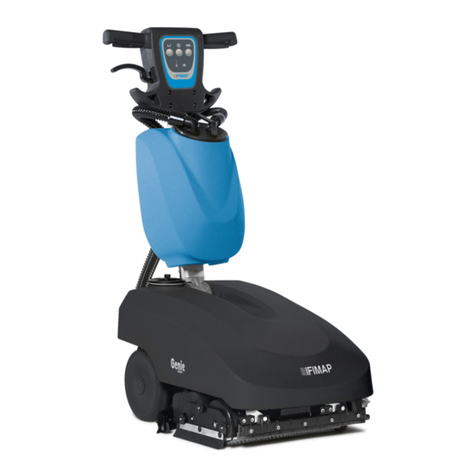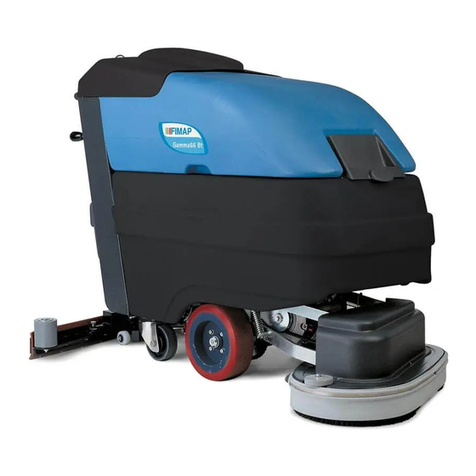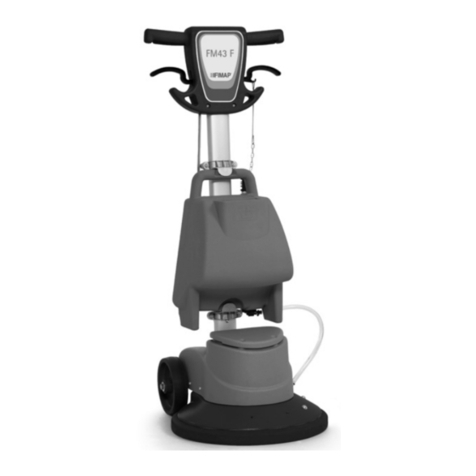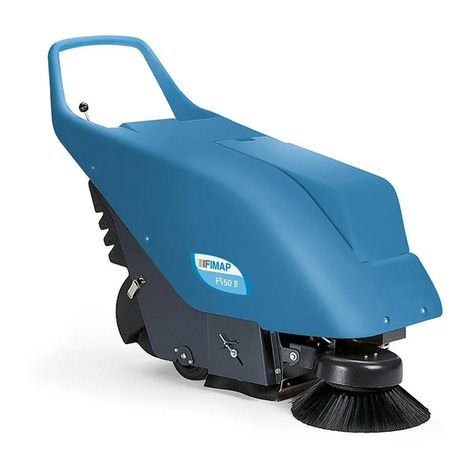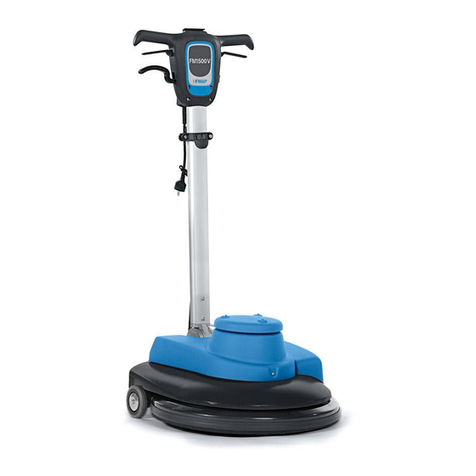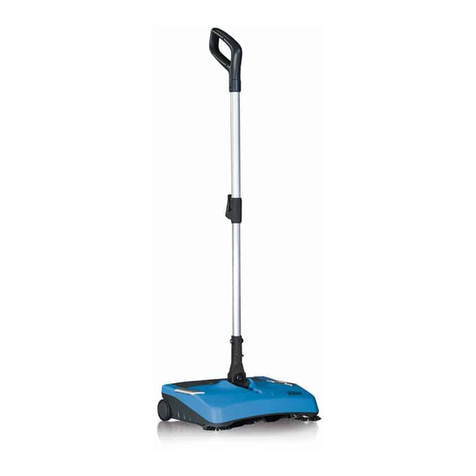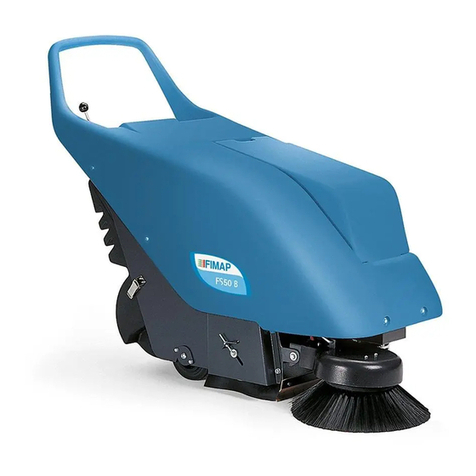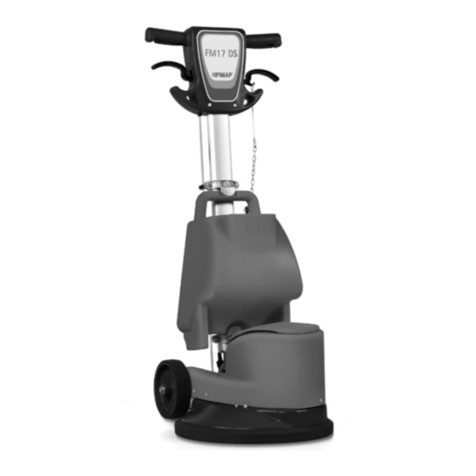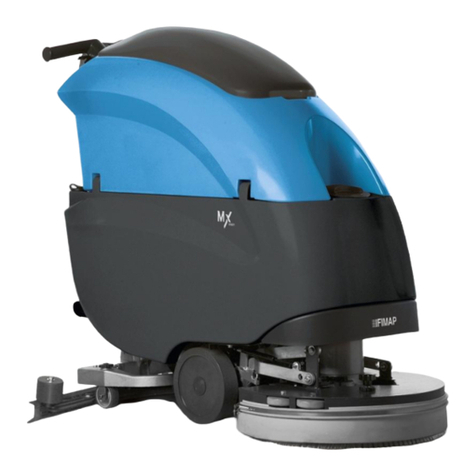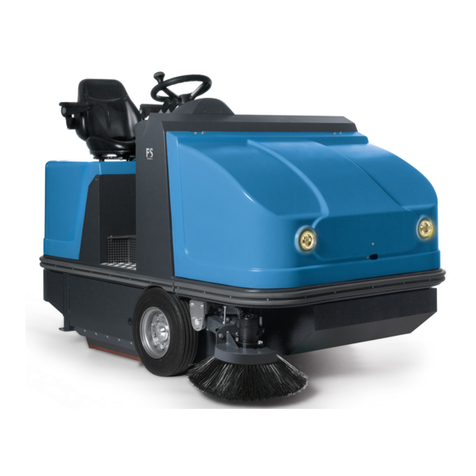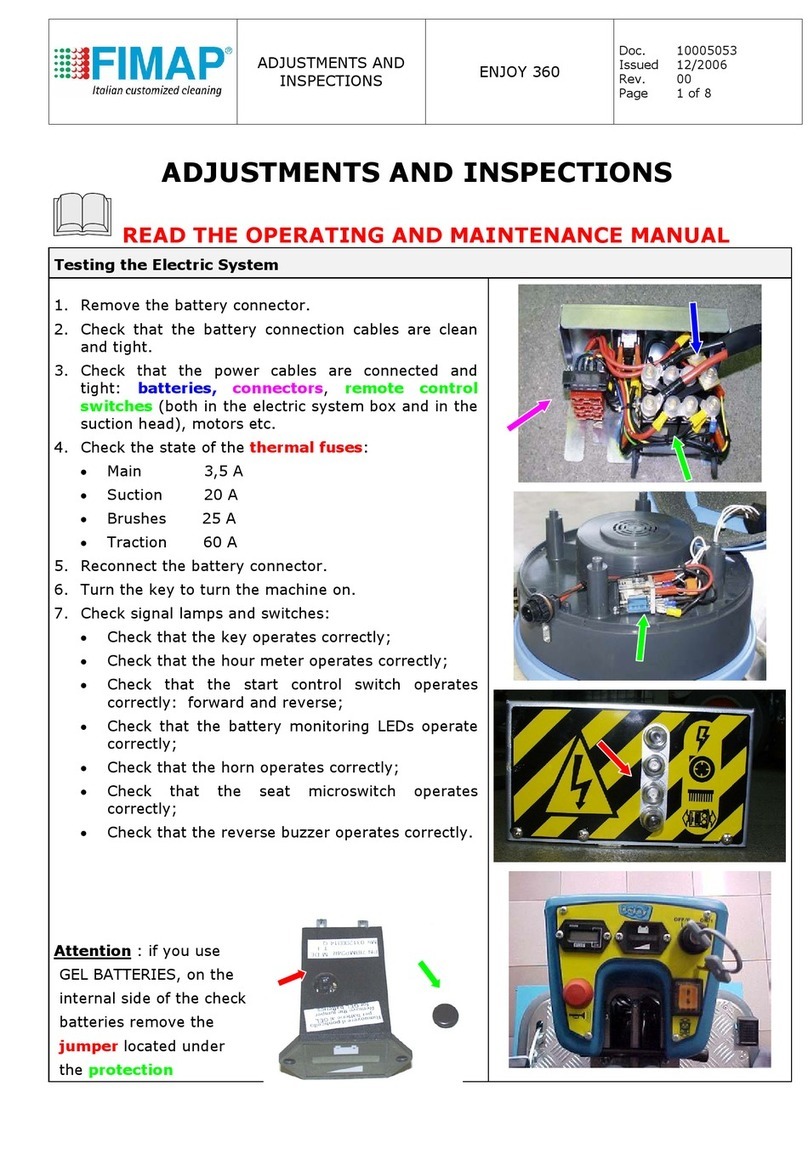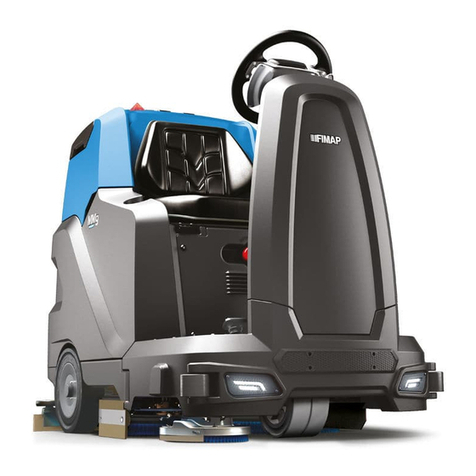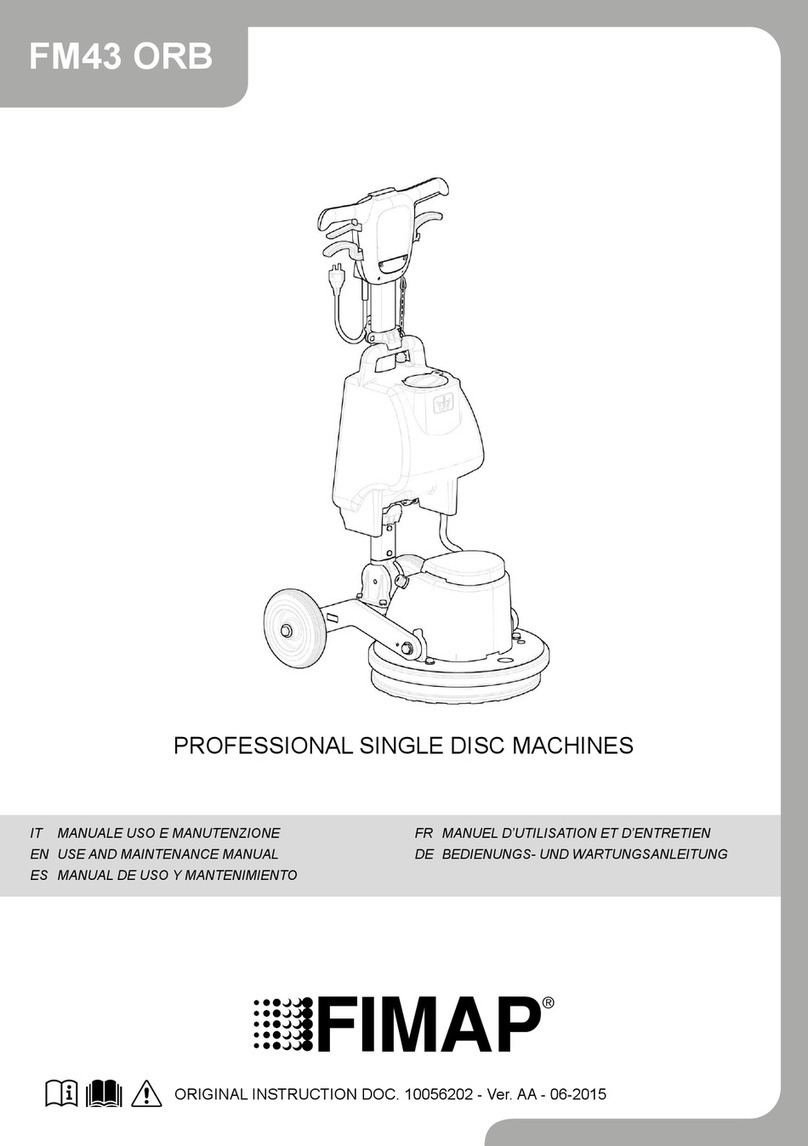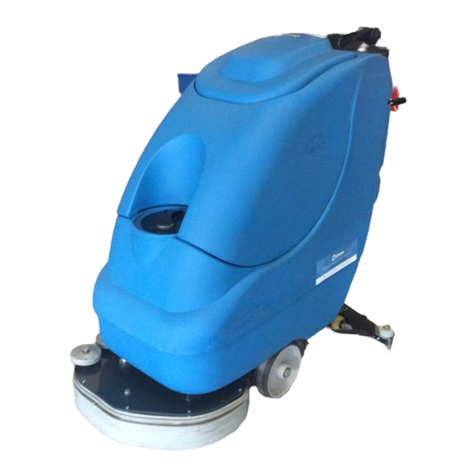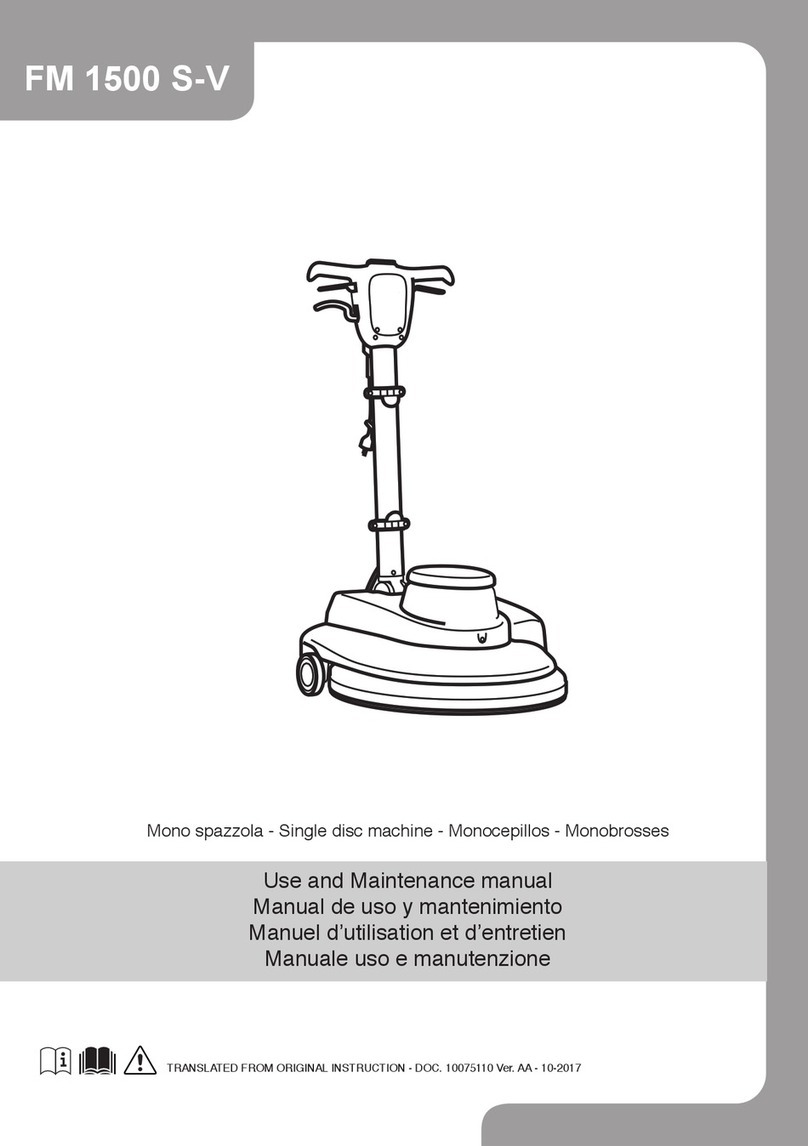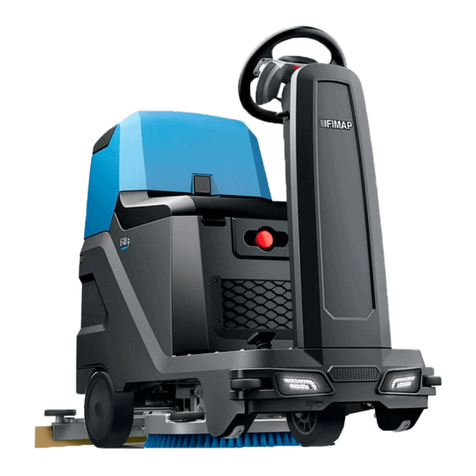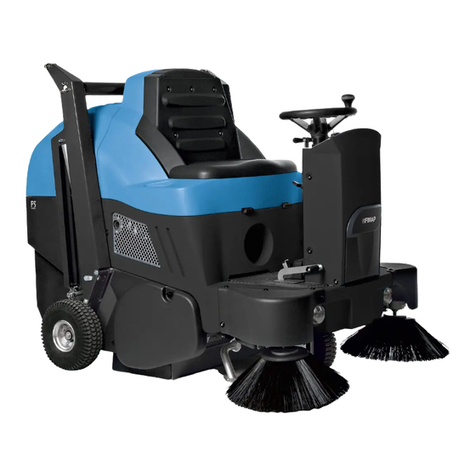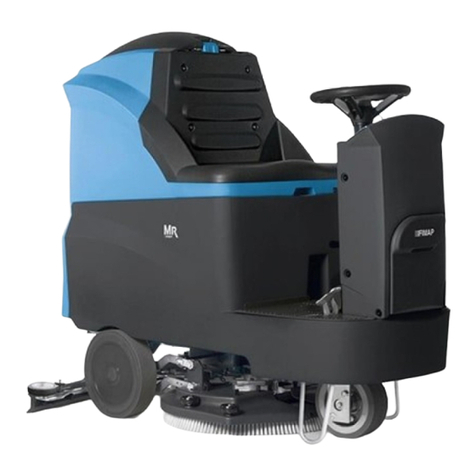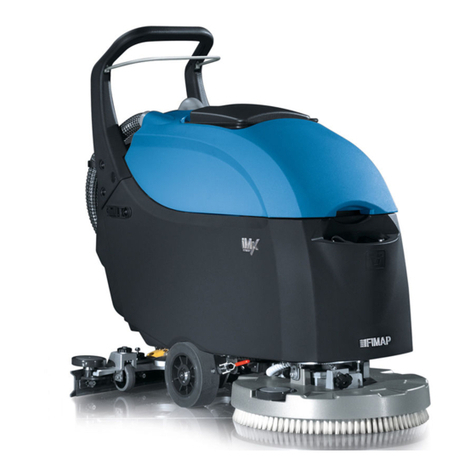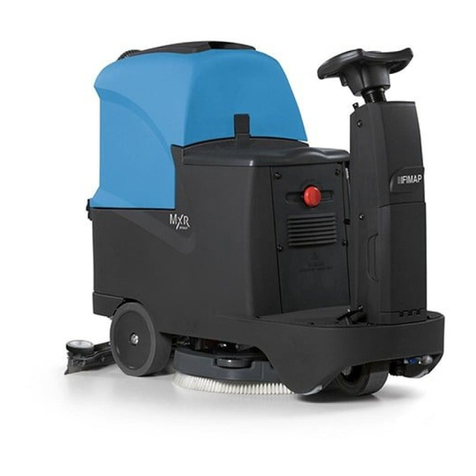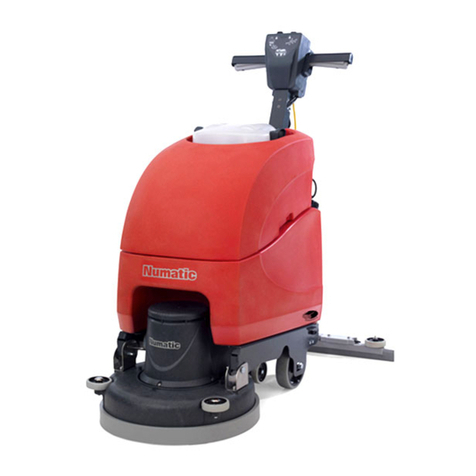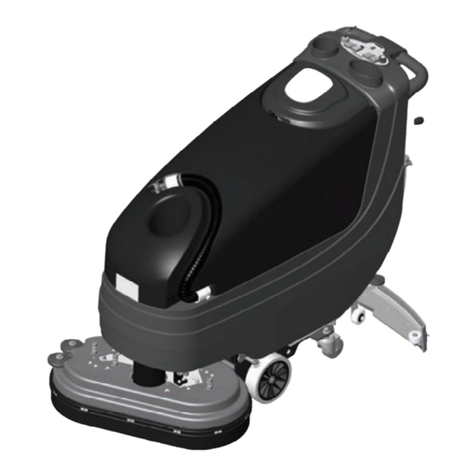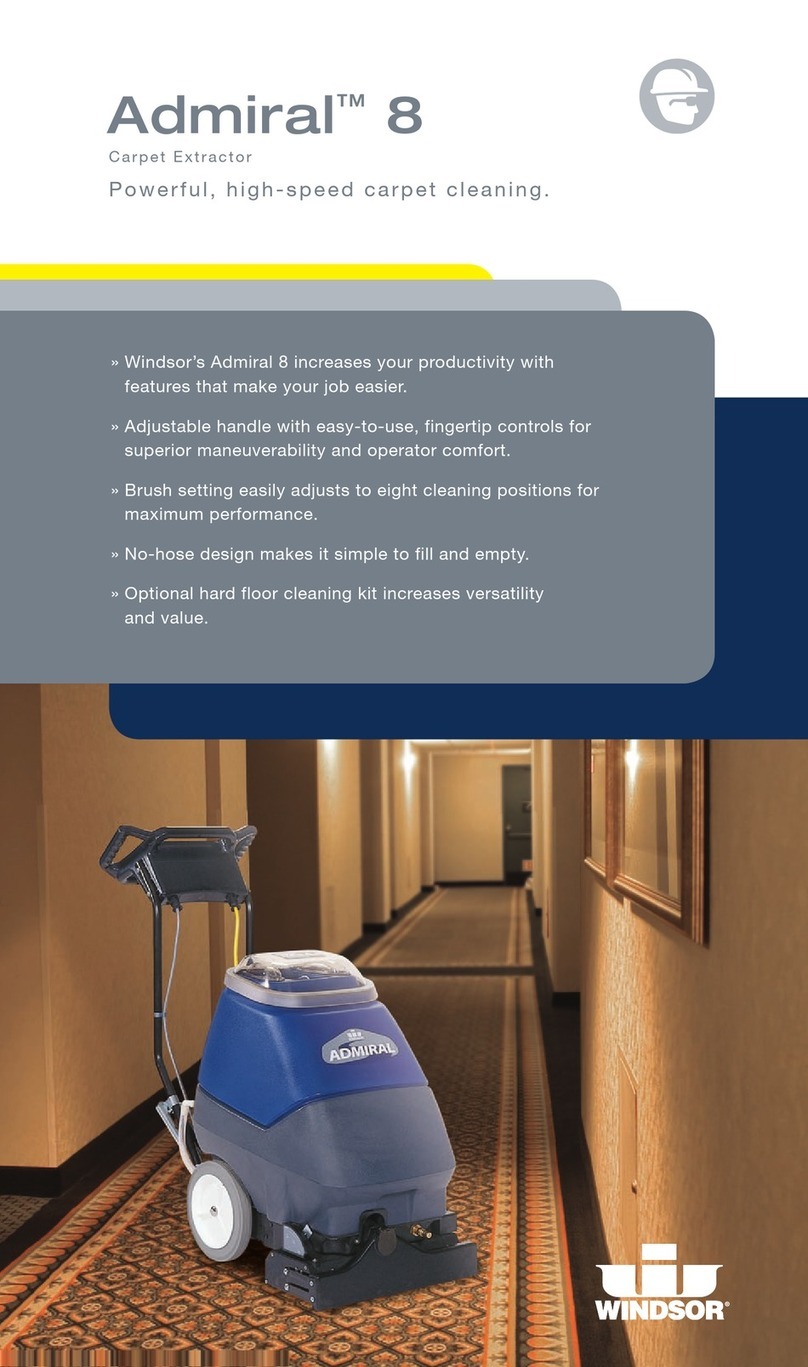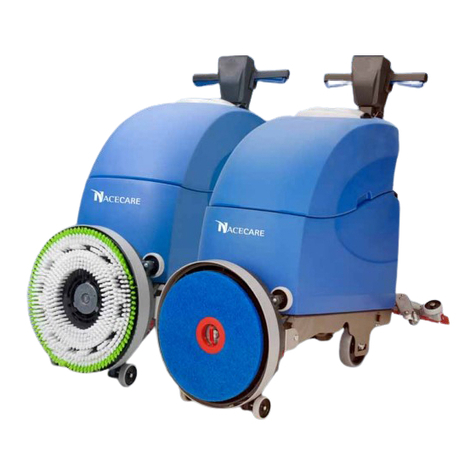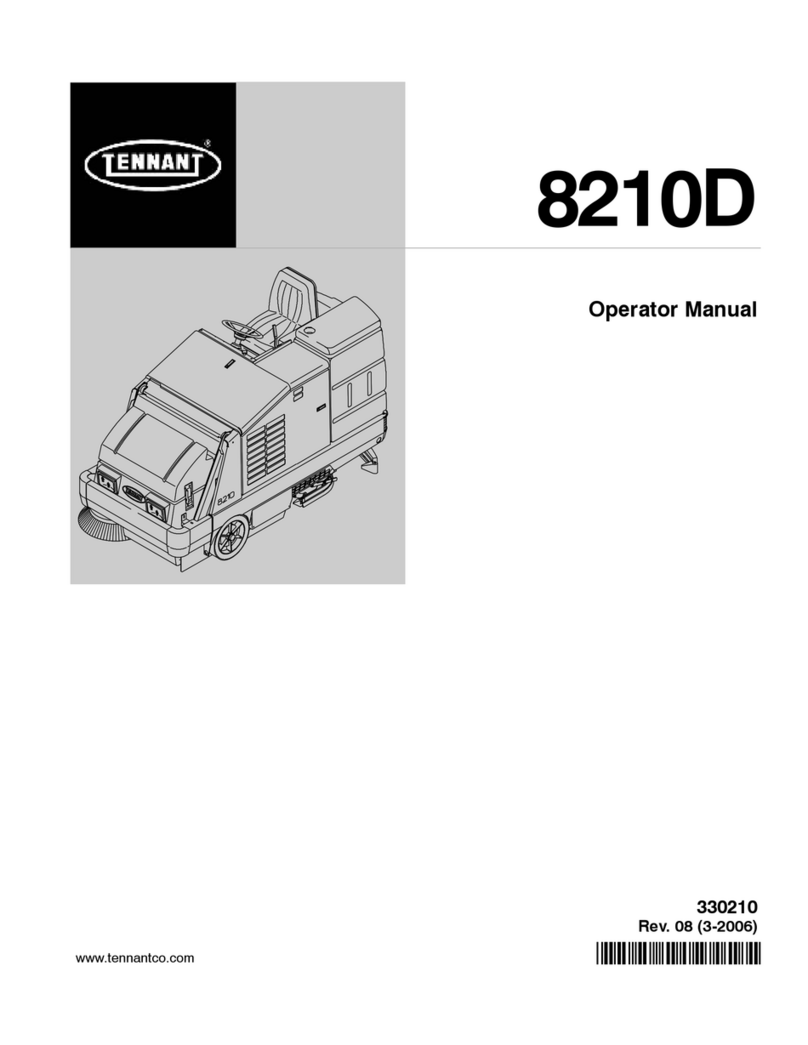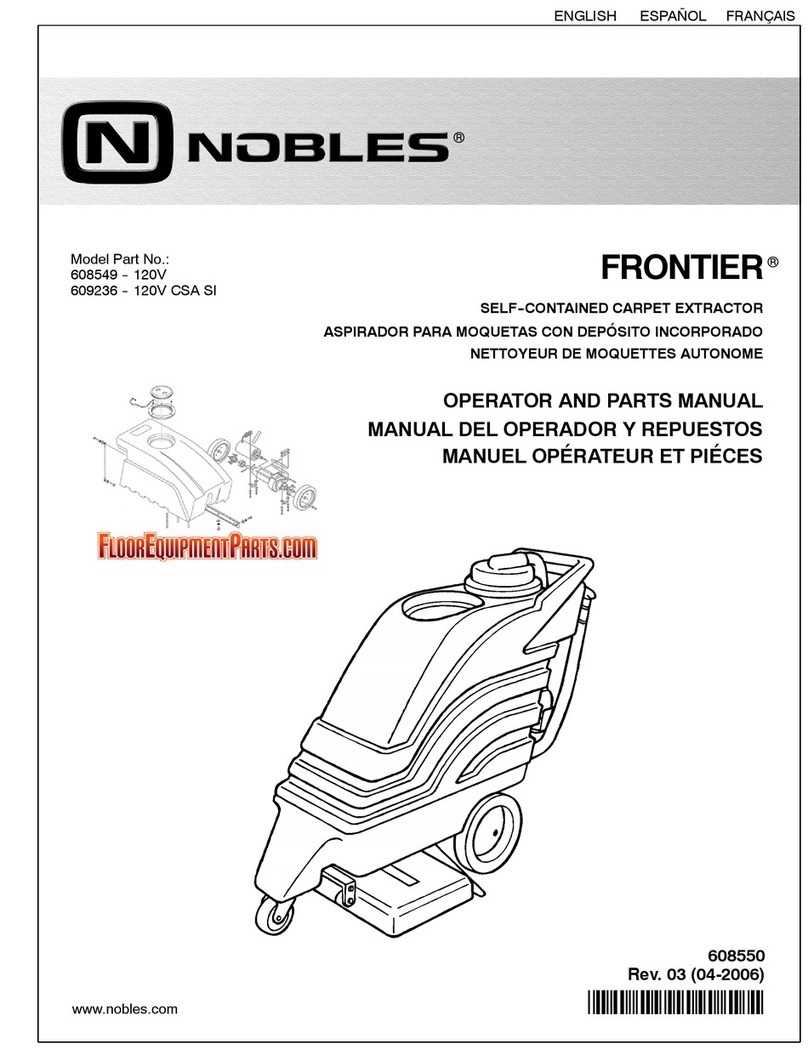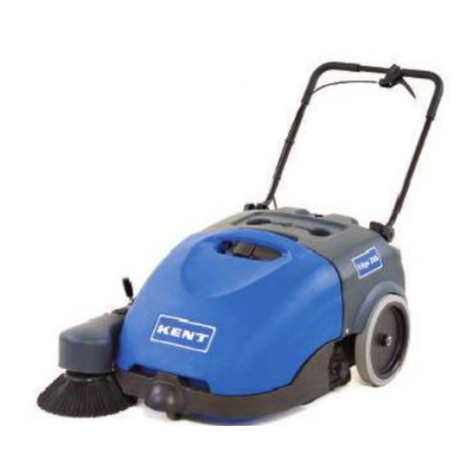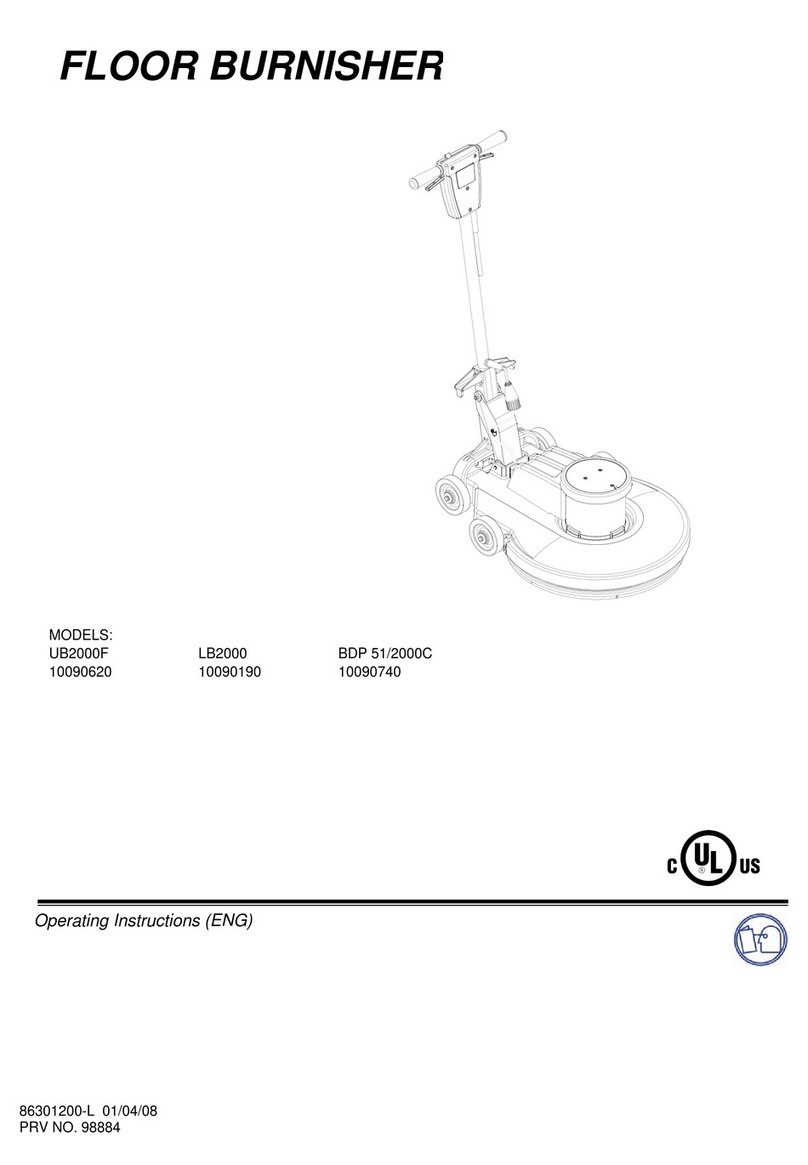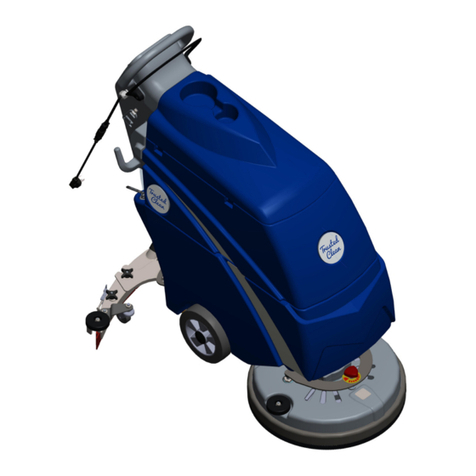
SCRUBBING WITHOUT DRYING ....................................................................................................................... 24
DRYING................................................................................................................................................................ 25
SCRUBBING WITH DRYING ............................................................................................................................... 26
SMART DRYING MODE ...................................................................................................................................... 27
REVERSE FUNCTION......................................................................................................................................... 27
BUZZER ............................................................................................................................................................... 27
EXTRA BRUSH HEAD PRESSURE .................................................................................................................... 27
WORKING HEADLIGHTS.................................................................................................................................... 28
EMERGENCY BUTTON....................................................................................................................................... 28
BRAKING CONTROL........................................................................................................................................... 28
ALARM SCREEN ................................................................................................................................................. 29
HOUR METER ..................................................................................................................................................... 30
TUTORIAL............................................................................................................................................................ 30
BATTERY CHARGE LEVEL INDICATOR ............................................................................................................ 30
OVERFLOW DEVICE .......................................................................................................................................... 31
OPTIONAL FUNCTIONS ..........................................................................................................31
REAR VIDEO CAMERA....................................................................................................................................... 31
DETERGENT SOLUTION RECYCLING SYSTEM (FLR VERSIONS) ................................................................ 31
AUTOMATIC DETERGENT DOSING SYSTEM (FSS VERSIONS) .................................................................... 31
SIDE BRUSH ....................................................................................................................................................... 32
AUTOMATIC REQUEST FOR TECHNICAL ASSISTANCE (FFM VERSION) ..................................................... 32
LIQUID SUCTION WAND KIT.............................................................................................................................. 32
SPRAY GUN KIT .................................................................................................................................................. 33
AT THE END OF THE WORK...................................................................................................34
ROUTINE MAINTENANCE.......................................................................................................34
DRAINING THE RECOVERY TANK .................................................................................................................... 35
EMPTYING THE DEBRIS HOPPER (SWEEPING VERSION)............................................................................ 35
CLEANING THE SQUEEGEE BODY................................................................................................................... 35
CLEANING THE BRUSH HEAD BRUSHES (SCRUBBING VERSION).............................................................. 36
CLEANING THE BRUSH HEAD BRUSHES (SWEEPING VERSION)................................................................ 36
CLEANING THE LATERAL BRUSH (SCRUBBING VERSION)........................................................................... 36
CLEANING THE LATERAL BRUSH (SWEEPING VERSION)............................................................................. 36
CLEANING THE RECOVERY TANK FILTERS .................................................................................................... 37
CLEANING THE RECYCLE FILTER (FLR VERSIONS)...................................................................................... 37
EMPTYING THE SOLUTION TANK..................................................................................................................... 37
CLEANING THE WATER SYSTEM FILTER ........................................................................................................ 38
CLEANING THE VACUUM TUBE........................................................................................................................ 38
EXTRAORDINARY MAINTENANCE........................................................................................38
REPLACING THE SQUEEGEE BODY RUBBER BLADES................................................................................. 39
REPLACING THE BRUSH HEAD SPLASH GUARD........................................................................................... 39
REPLACING THE SIDE SQUEEGEE SPLASHGUARD RUBBER BLADES ...................................................... 39
FILLING BRAKING SYSTEM OIL BASIN ............................................................................................................ 39
ADJUSTMENT INTERVENTIONS............................................................................................40
ADJUSTING THE SQUEEGEE BODY'S RUBBER BLADES .............................................................................. 40
ADJUSTING THE BRUSH HEAD BODY SIDE SPLASH GUARDS (SCRUBBING VERSION) .......................... 41
ADJUSTING THE SIDE BRUSH (SWEEPING VERSION).................................................................................. 42
DISPOSAL ................................................................................................................................42
TROUBLESHOOTING ..............................................................................................................43
EC DECLARATION OF CONFORMITY ...................................................................................45
4
